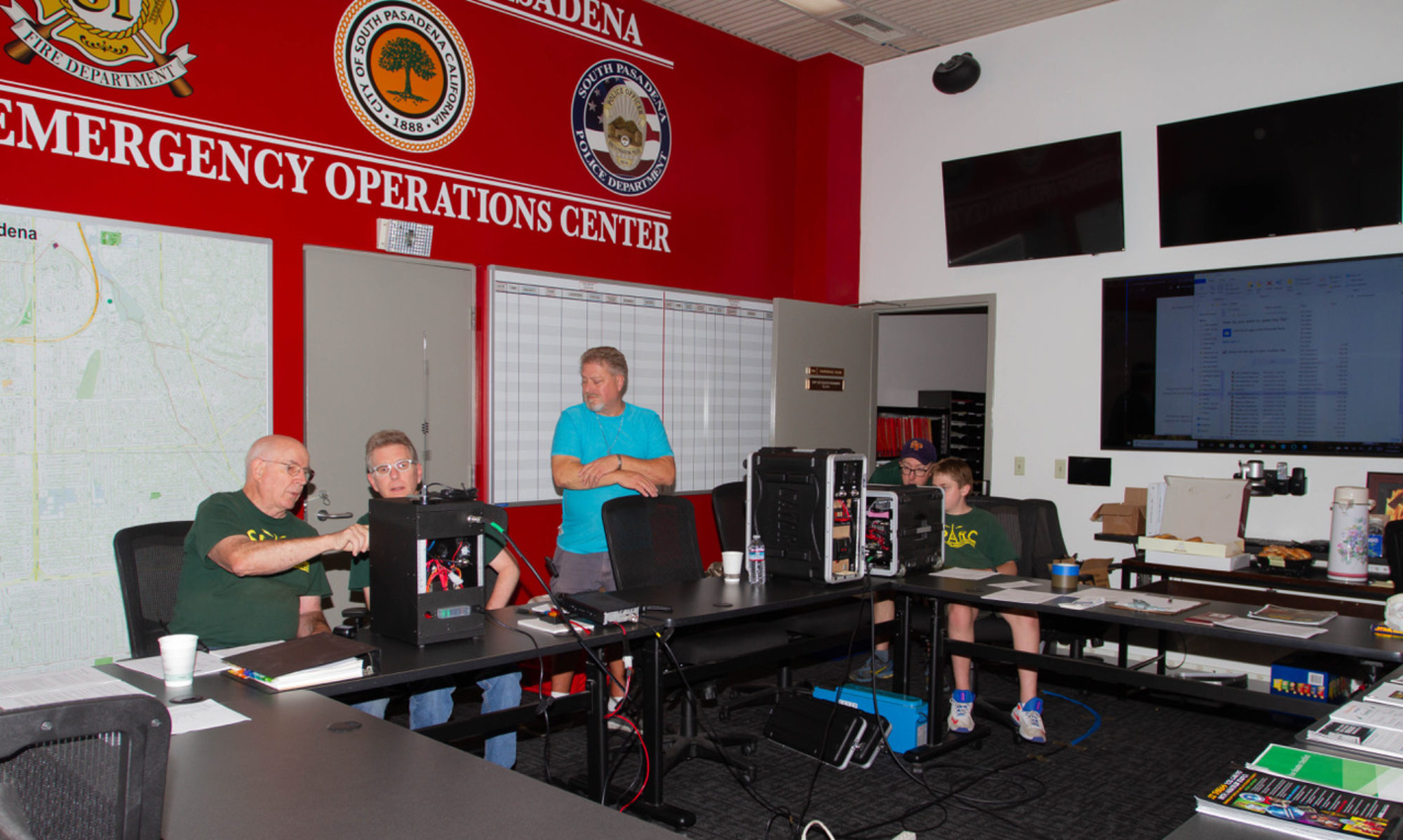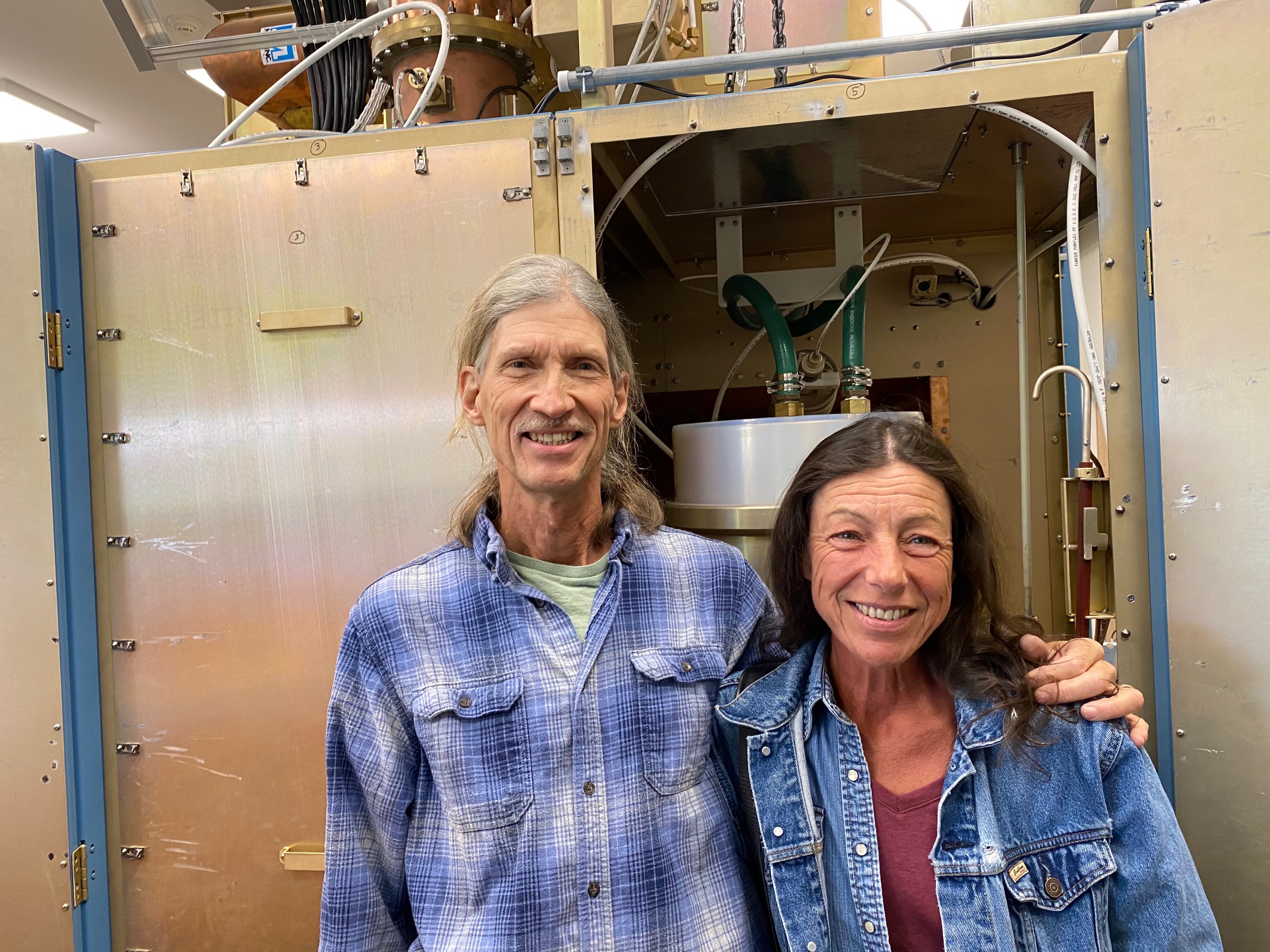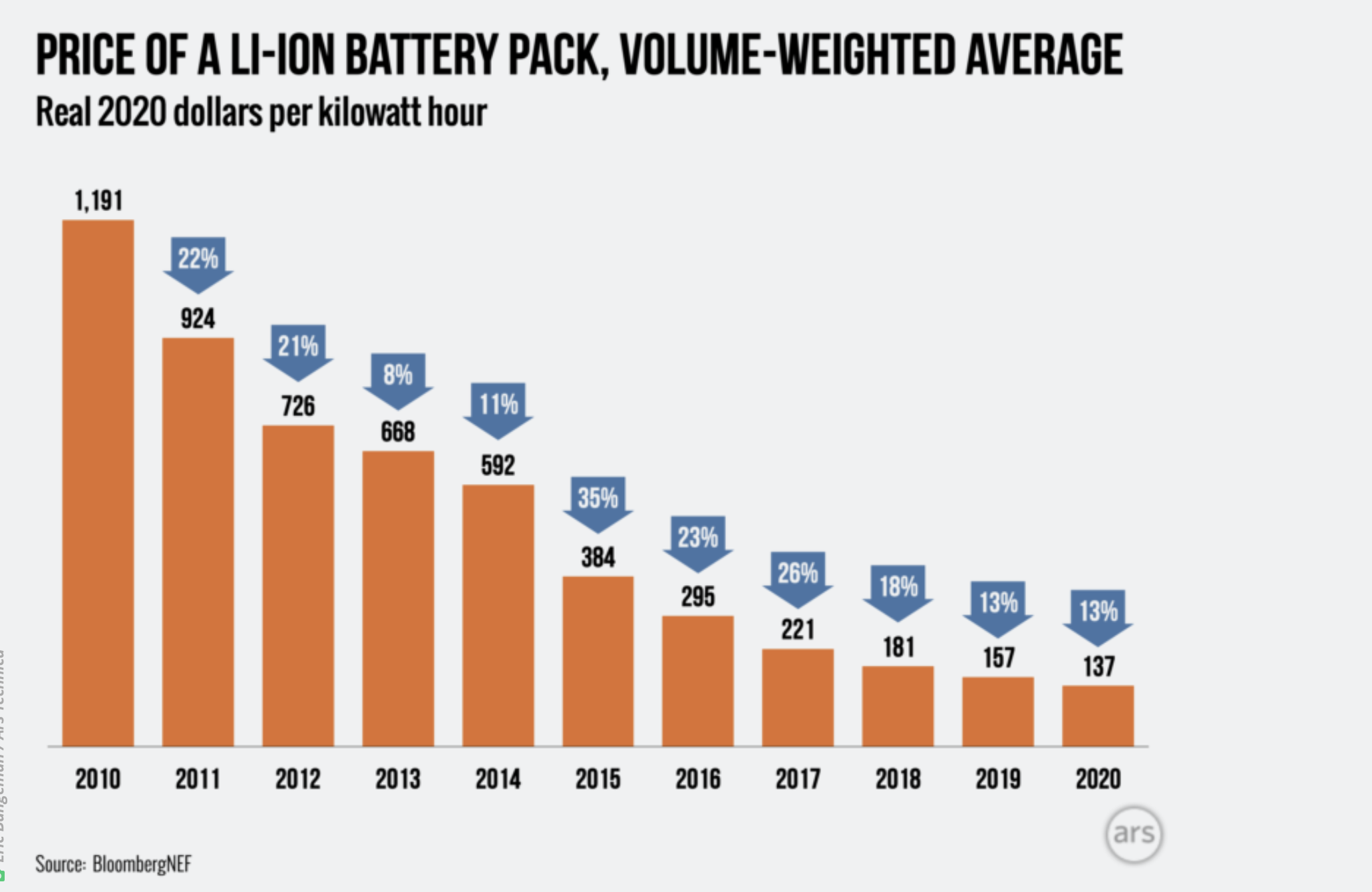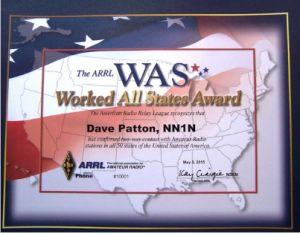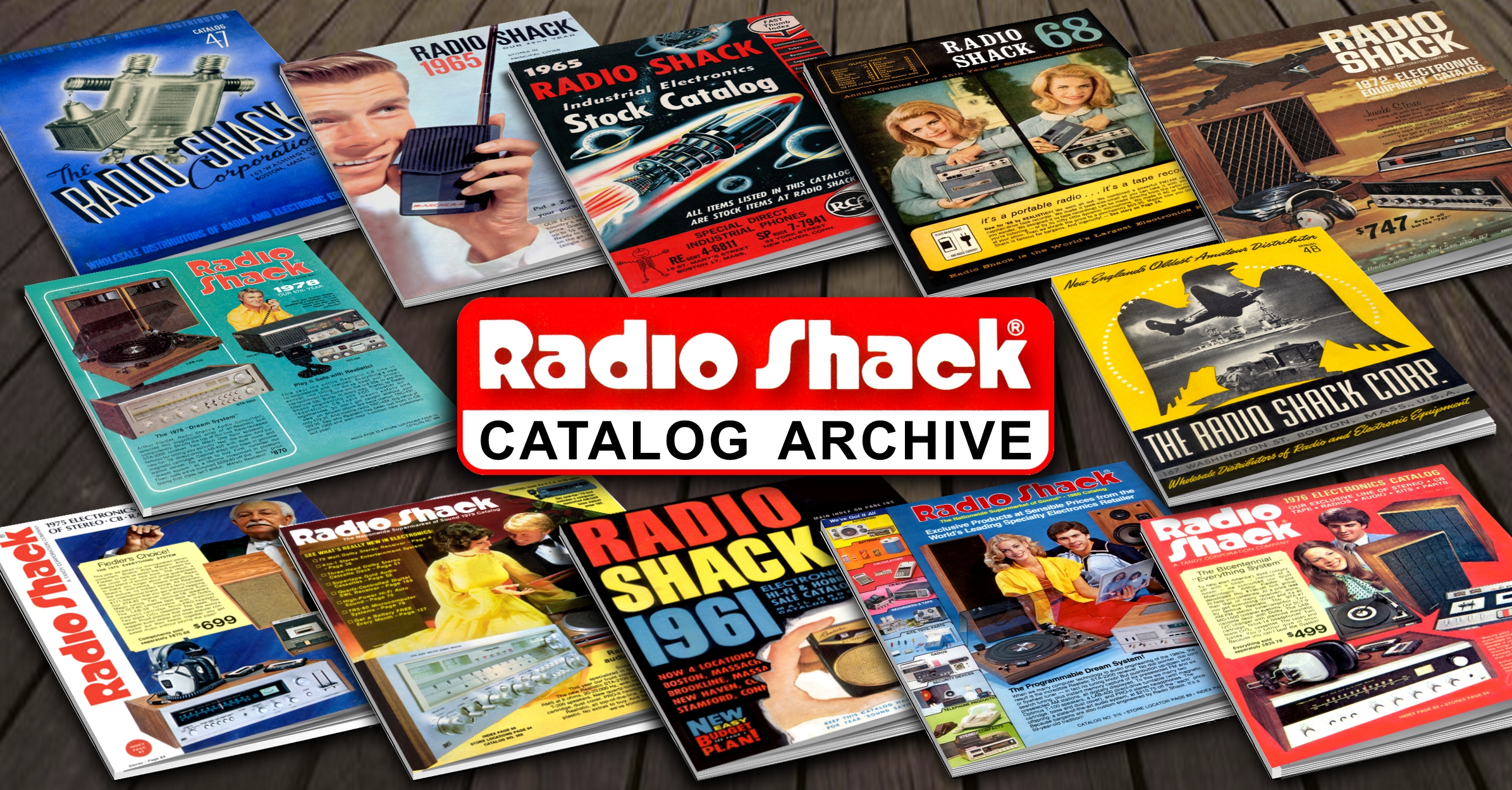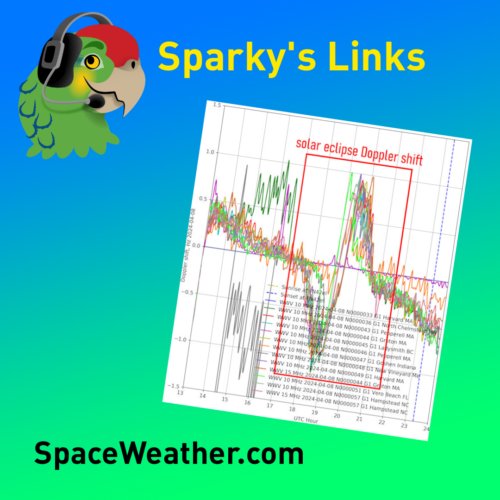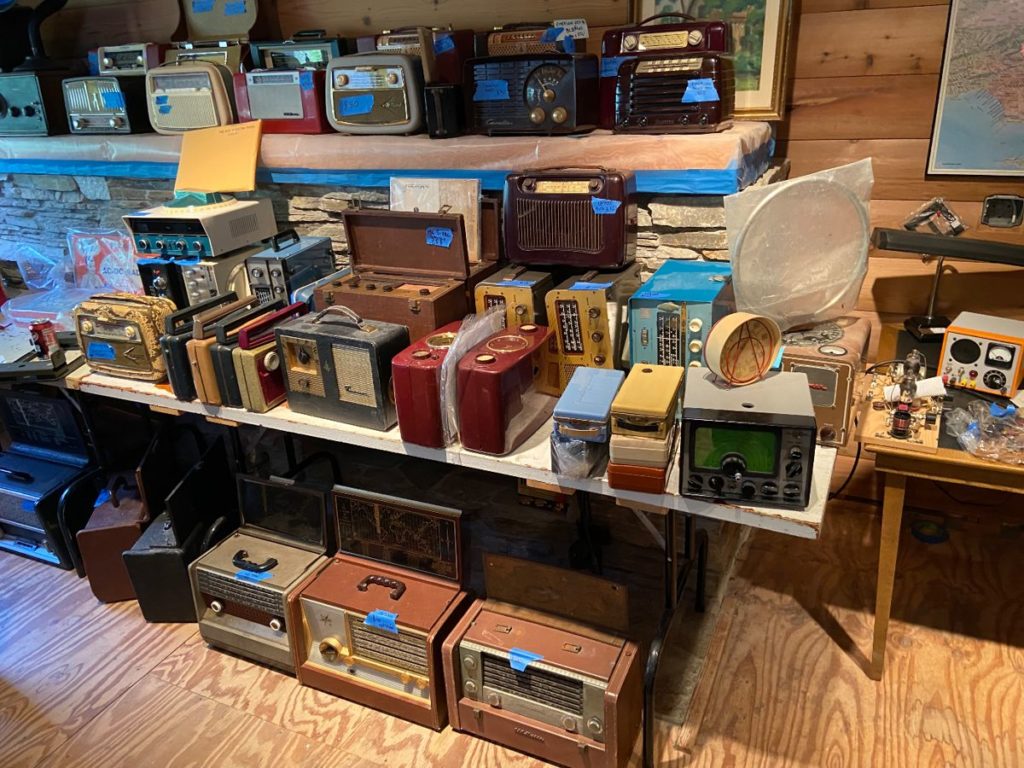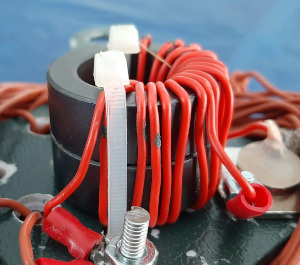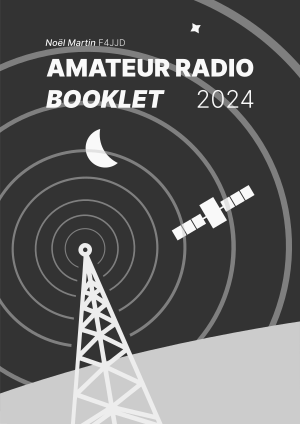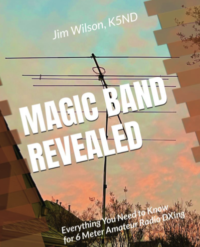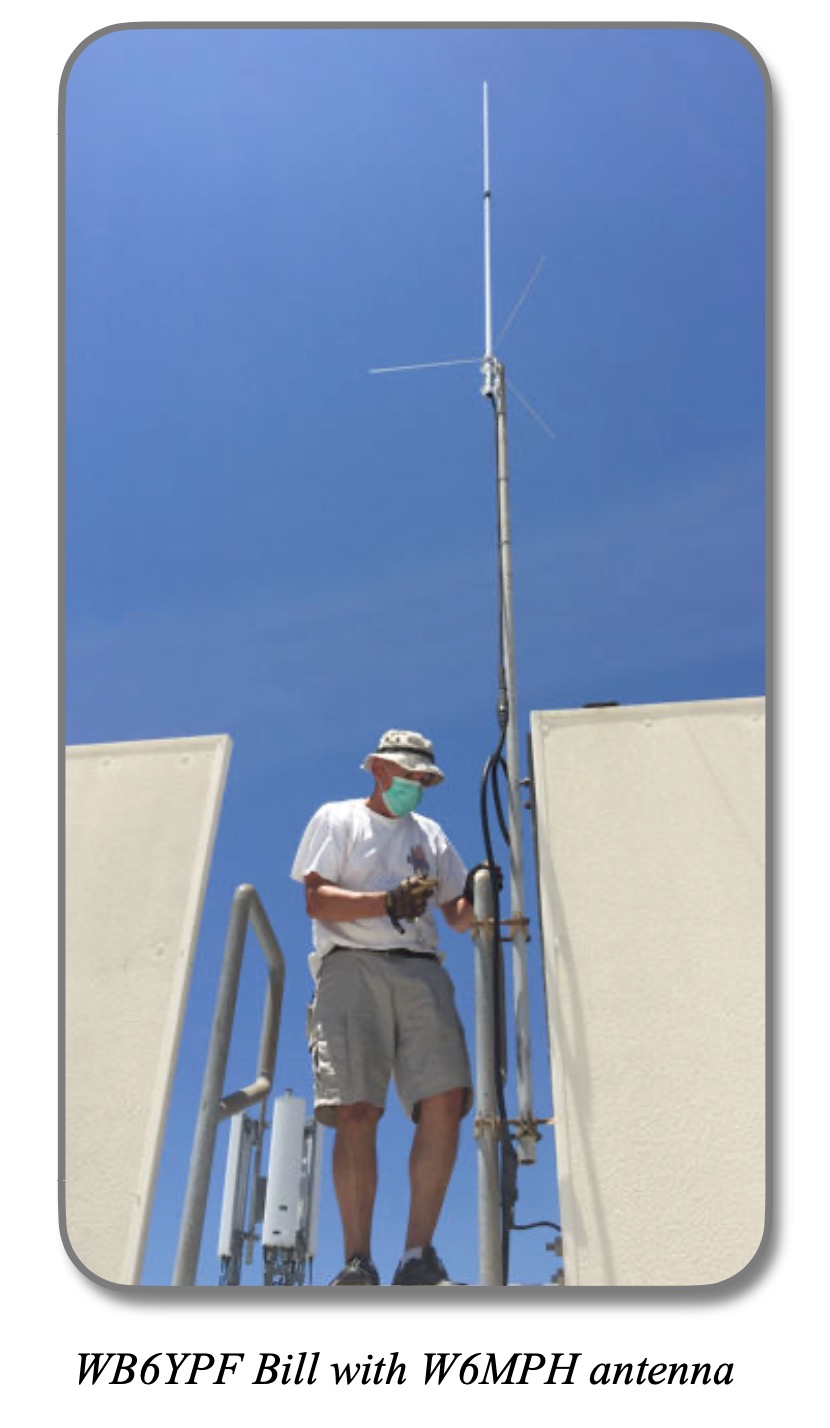
Here’s what Li’l Sparky stashed in his nest of bookmarks this month.
Carol, KE6SRN filed new reports from Alaska and, closer to home, from Hoyt Mountain.
Savi, W1SAV worked some POTA at Crystal Cove and Rio de Los Angeles.
NASA’s Next-Generation Solar Sail Mission
Tony, K6TTP writes: It seems that hams could bounce radio signals off this reflective sail to communicate with other hams. It would be a much larger target than a satellite, the ISS, or the moon. But I think the location is problematic.
Hackaday also posted an article on the sail.

Positive reviews of this convenient tool make it sound like a great addition to the shack.

Another solid option for license test prep.
This is an impressive iOS app that can help you self-spot SOTA and POTA activations without Internet access. Its developer Brian, AB6D had done some incredible work. Thanks to Ammed Ismail, KN6STX for posting about it on the SoCal SOTA Groups.io.
ARES LAXNORTHEAST and Oliver, K6OLI debuted a collaborative mapping project. The press release above explains how you can participate in Shakeout this year and contribute data to the map.
2024 California QSO Party
Savi, W1SAV encourages everyone to participate October 5 and 6. This year, there are some POTA challenges!
